Written by Lorrie Reynolds
Categories
Here’s a little known fact about me. When I was in school, I was a fairly accomplished flute player (or flautist, to be “fancy”). I participated in the Denver citywide band and a district-wide orchestra in middle school, and in High School, I was in marching band, orchestra, and cameoed in jazz band concerts once in a while.
My senior year in high school, the music teacher decided that our final concert would feature an orchestral piece that highlighted a soloist – me.
Needless to say, the introvert in me was terrified. I wasn’t worried about my ability to play the piece. My fear stemmed from the fact that everyone would be watching me. My awkward teenaged self would have to get up, walk to the front of the stage, and stand to play the entire piece under a spotlight.
The actual concert is mostly a blur, but I vividly remember two things – how badly my knees were shaking as I walked to center stage, and the overwhelming sense of relief after the standing ovation when I could return to my comfortable spot with the rest of my peers and become anonymous again.
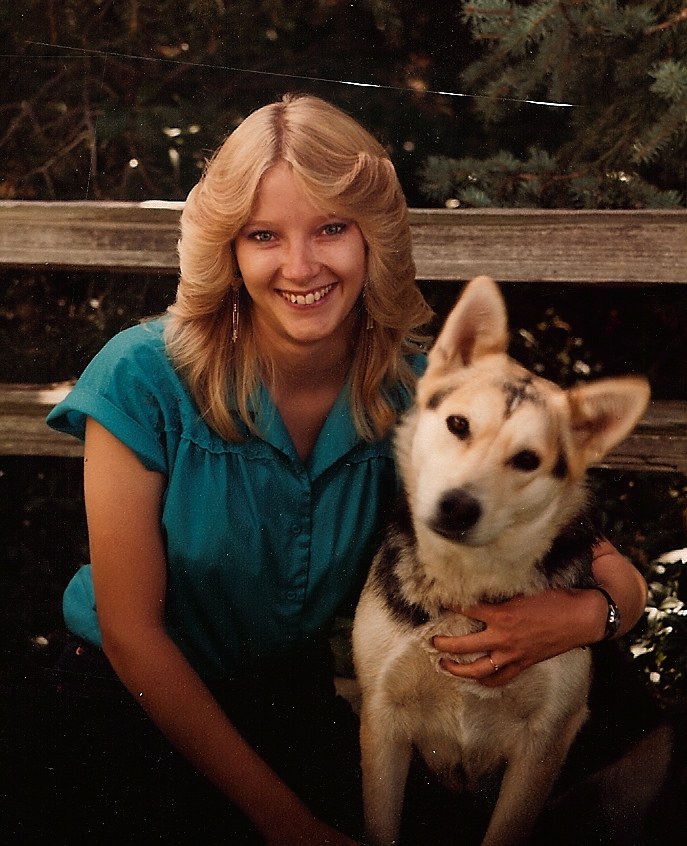
Many novice agility handlers suffer from that same nervousness when they start trialing. They’re worried that they’ll mess up their handling, forget the course, or their dog will do something embarrassing. If that describes you, I have two secrets to share.
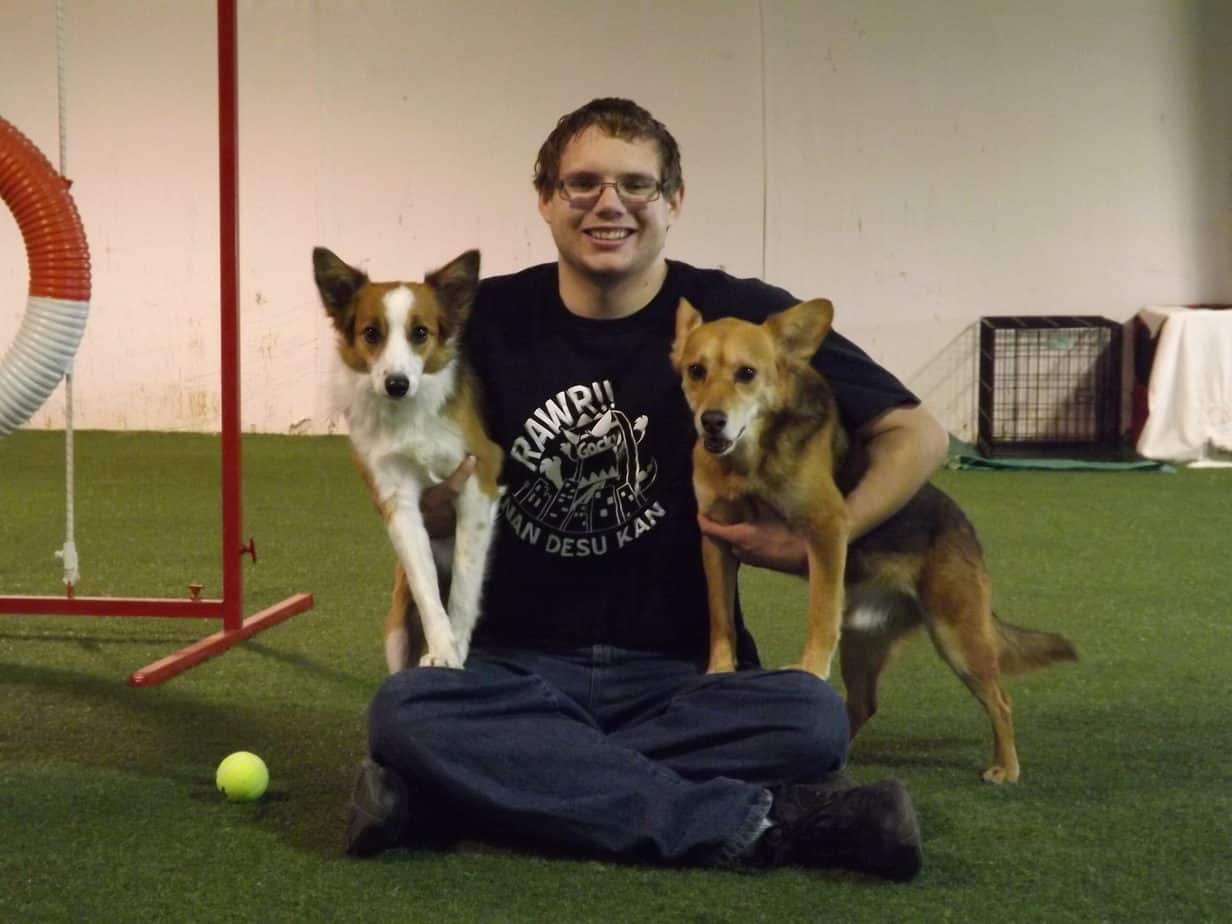
Secret #1 – There’s nothing you can do in the dog agility ring that we haven’t already seen or done ourselves
The experienced handlers, that you might worry are judging you, have seen it all. I’ve watched a dog poop at the top of the A-frame while his handler watched helplessly as it rolled down the ramp. Another extremely talented dog balanced the teeter perfectly as he got eliminated for eliminating.
I’ve seen people complete an entire portion of the course in reverse order, and I’ve gotten lost on course myself – at my first national event in 2004.
There was a dog who chased a marmot up a hillside, and one who unfortunately decided to chase some horses and ended up with stitches.
I used to create blooper reels every year for my training facility’s holiday party, full of falls, fails, and broken equipment. There is literally almost nothing you can do that hasn’t been seen before.
Secret #2 – Everyone is not actually watching you compete
Look around at your next trial. Most people are talking with friends, playing with their dogs, looking at their phones, or otherwise occupying their time. Unlike my solo performance, all eyes are not on you.
People used to make it a point to watch Maxx because he was fast, talented, and exuded such joy on course. Even so, half of my friends would later ask “How did your run go?” So even though it feels like you’re in the spotlight when you run, only a small portion of the people at a trial will watch you, and even fewer will remember your run.
Today’s tip is to dance (or run!) like nobody’s watching at your next dog agility competition
Do your best to let go of the worry about what might happen, or what people could think. Anything that happens on course probably won’t surprise the small number of people who are actually paying attention.
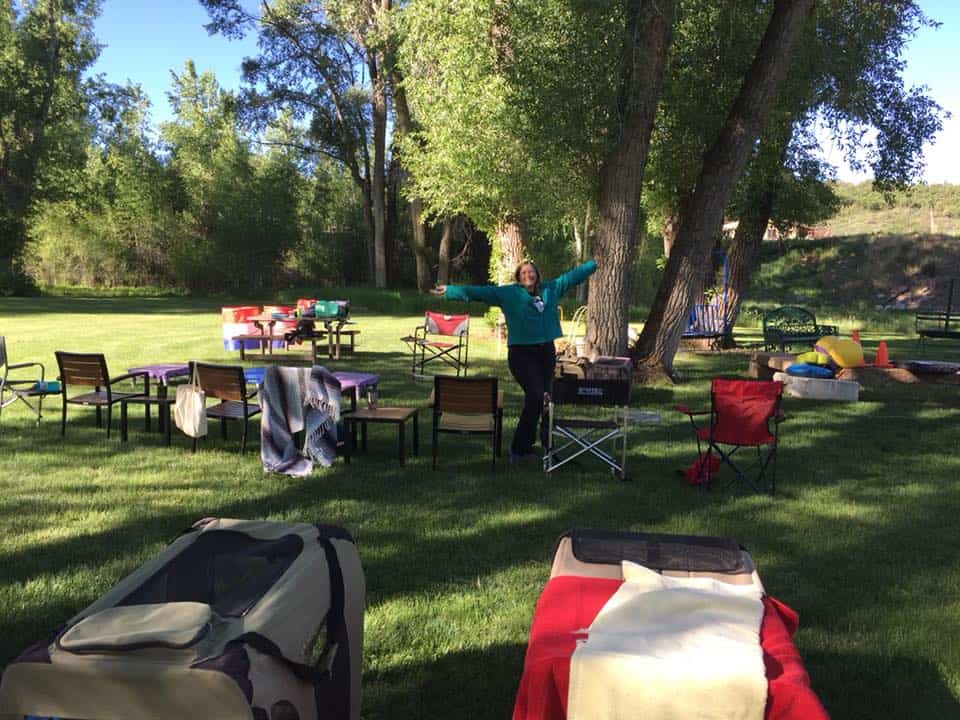
You Might Also Like…
Five Ways to Crush It at Your Next Dog Agility Seminar
Going to a dog agility training seminar? Check out these five tips to maximize your return on investment!
Read This Before Deciding on Your Agility Dog’s Contact Performance
Which contact performance, running or stopped, is right for your team? The answer might surprise you.
Is Your Agility Dog a Pinto or a Ferrari?
If you’ve moved up from a slow or moderately-fast agility dog to a speed racer, here’s some advice to make your life easier.
Get tips, stories, discounts, and early notification of events and new courses delivered straight to your inbox! Join the community!
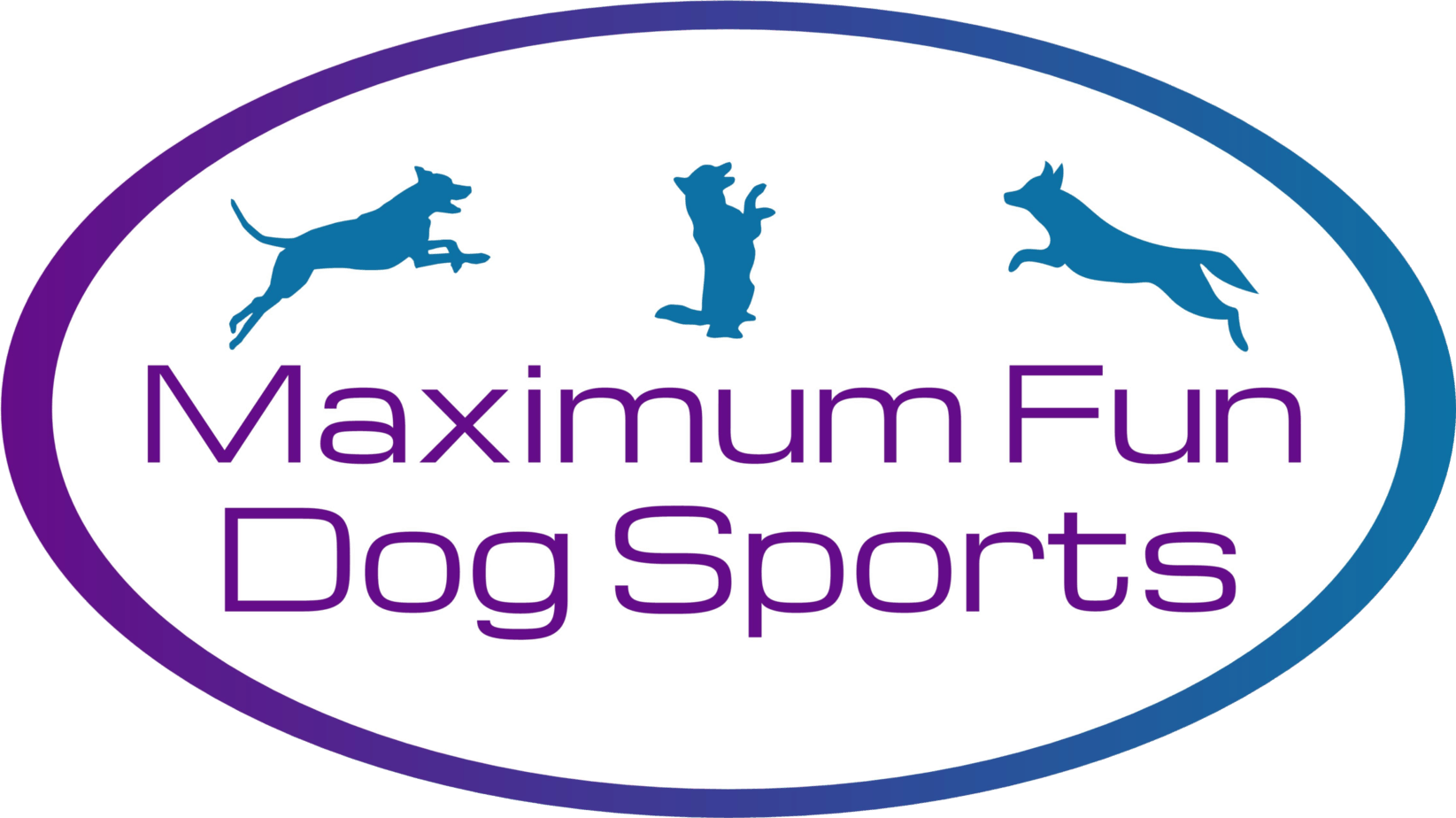
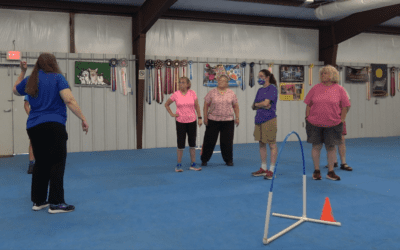
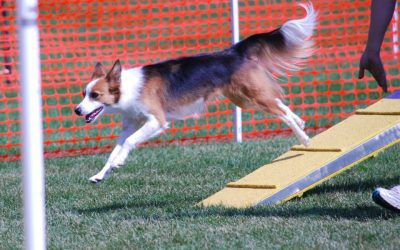
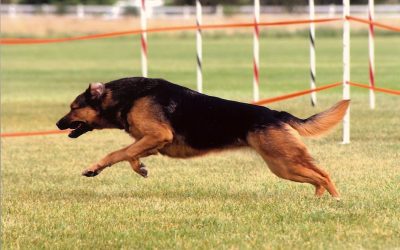
0 Comments